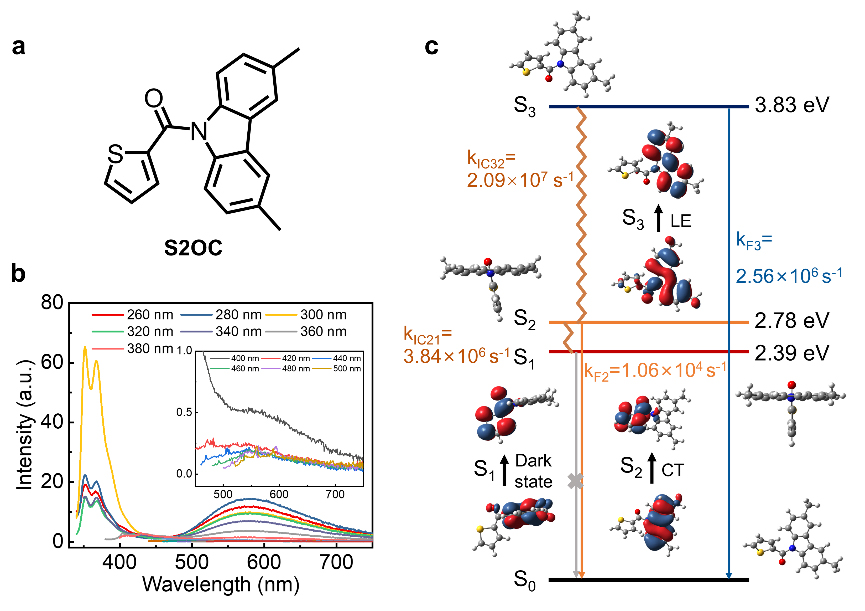Due to the physical separation of processors and memory, traditional von Neumann computers are severely limited in terms of operating speed and energy loss. In contrast, the human brain processes information by adjusting synaptic weights and automatically storing memory, which is more efficient. Therefore, simulating the synaptic behavior of the human brain and constructing efficient and sophisticated brain-inspired computing has become an effective method for solving the bottleneck of traditional computers. The emergence of synaptic electronics is expected to usher in a new era of intelligent neural robotics technology.
Compared with inorganic artificial neural synaptic devices, organic semiconductors have irreplaceable advantages such as easy regulation of physical properties, high biocompatibility, low energy consumption, stretchability, biodegradability, and implantability. For organic electronic synapses, although many efforts have been made to reduce their driving voltage, electronic devices inevitably bring additional electrical consumption and Joule heating, and it is difficult to achieve non-contact information read and write. In order to solve these problems, all-optical synaptic devices based on inorganic materials simulate biological synapse behavior with both input and output signals being optical quantities by adjusting their transmittance or afterglow properties under radiation. However, due to the lack of corresponding theory, all-optical organic synapses have not been reported yet. To achieve all-optical synapses, the luminescence intensity of organic materials must have a clear radiation time dependence and exhibit features similar to those of human biological synapses, including excitatory post-synaptic intensity (EPSI), paired-pulse facilitation (PPF), short-term plasticity (STP), and spike-dependent plasticity (SNDP).
Recently, Professor Huang Hui and Professor Peng Qian from the University of Science and Technology of China observed full-optical synaptic phenomena in an organic semiconductor. The authors designed and synthesized an organic semiconductor small molecule (3,6-dimethyl-9H-carbazole-9-yl) (thiophen-2-yl) methanone (S2OC) and performed experimental and theoretical calculations on its luminescence properties. They found that it showed dual emission peaks from high singlet excited states S3 and S2, respectively, at 380 nm and 550 nm in dichloromethane solution. As the excitation time increased, the fluorescence intensity at 370 nm also increased continuously, and the fluorescence intensity at 580 nm did not change with the light exposure history. By using the property of short-wavelength emission peaks, they simulated the performance curve of synapses.

Figure 1. Molecular structure and characterization and calculation of luminescence peaks.
The research found that there is an anti-Stokes luminescence pathway in the molecule, that is, using the triplet excitons generated by intersystem crossing (S1→T1), which will undergo energy transfer with oxygen (3O2+T1→1O2+ S0), while meeting certain energy requirements will be through the triplet-triplet annihilation mechanism to produce more intense luminescence.

Figure 2. Performance characterization and mechanism of the all-photonic synapse.
The authors also established a relationship between molecular structure and synaptic performance (such as PPF), where a higher triplet yield results in a higher yield of anti-Stokes photoluminescence. They further extended this mechanism to traditional organic dye bromonaphthalene, demonstrating the universality of organic dyes with anti-Stokes fluorescence in all-photonic synapses. Finally, the all-photonic organic synapse was applied to non-contact multi-level anti-counterfeiting and image recognition, exhibiting excellent performance.
The above latest research results were recently published in J. Am. Chem. Soc. The first author of the paper is Hao Chen, a Ph.D. candidate at the University of Chinese Academy of Sciences.
Links:https://pubs.acs.org/doi/10.1021/jacs.2c13471


